How to Cook with a Wok
Published Feb 17, 2020•Updated Aug 12, 2024
This post may contain affiliate links. Please read our disclosure policy.
A wok is a great tool for making fast, flavorful weeknight meals, but if you’ve ever had questions about how to cook with a wok, this guide is for you! Included are step-by-step instructions for cooking in a wok and tips for selecting and seasoning a wok to make the most of its natural nonstick surface.
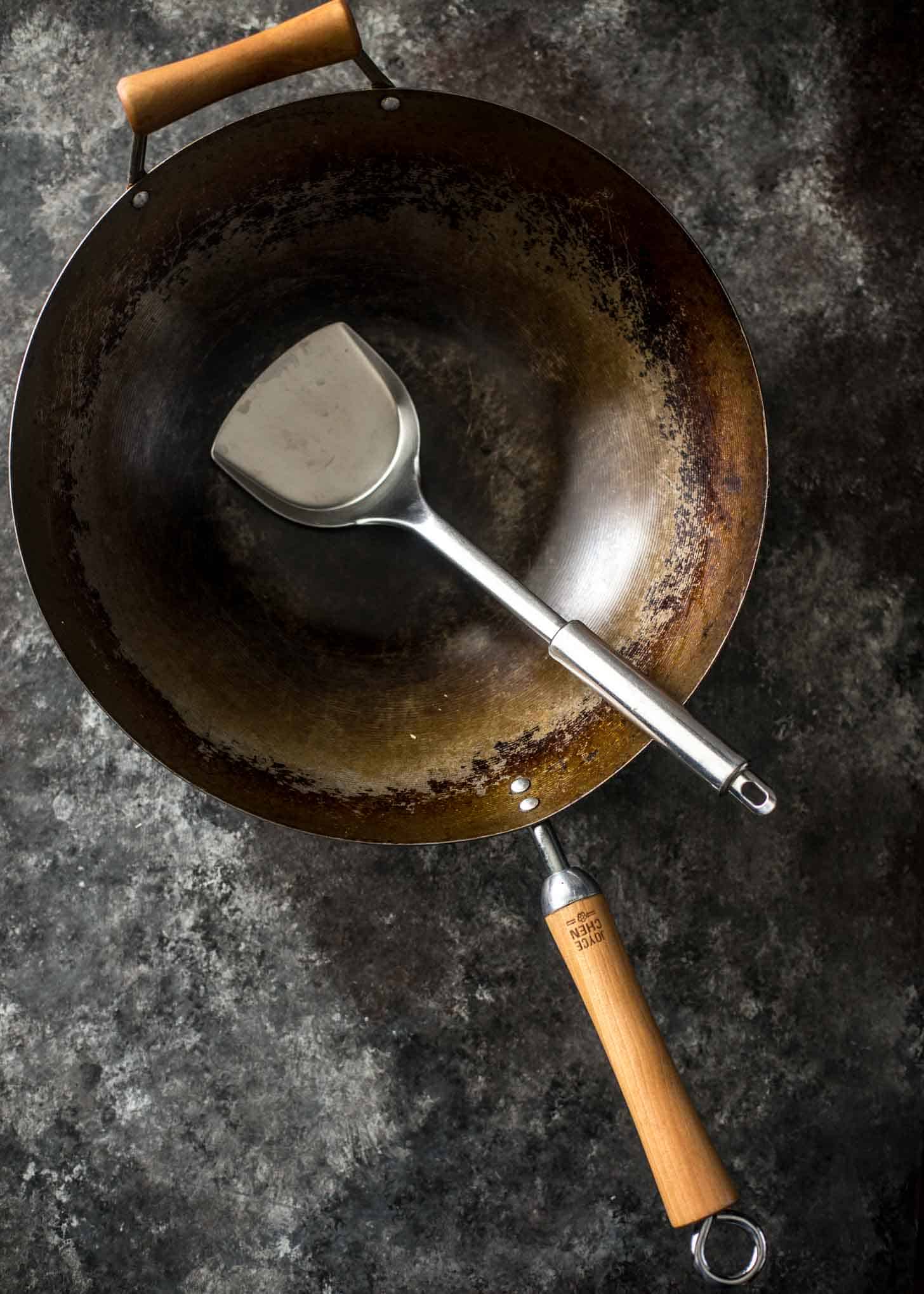
A wok is a great tool for making fast, flavorful weeknight meals, but if you’ve ever had questions about how to cook with a wok, this guide is for you! Included are step-by-step instructions for cooking in a wok and tips for selecting and seasoning a wok to make the most of its natural nonstick surface.
We’re diving headfirst into the second half of Thai Food Month, and I thought I’d pause for a moment to talk about the most useful tool for cooking Thai food at home – the wok! Woks have become fairly common in home kitchens all over the world, but if you’re not from a culture where they are used daily, it can feel a little intimidating.
The great news is that there are only a few things you need to know to make a wok an essential part of your weeknight routine. Read on for all of my tips and tricks for how to cook with a wok.
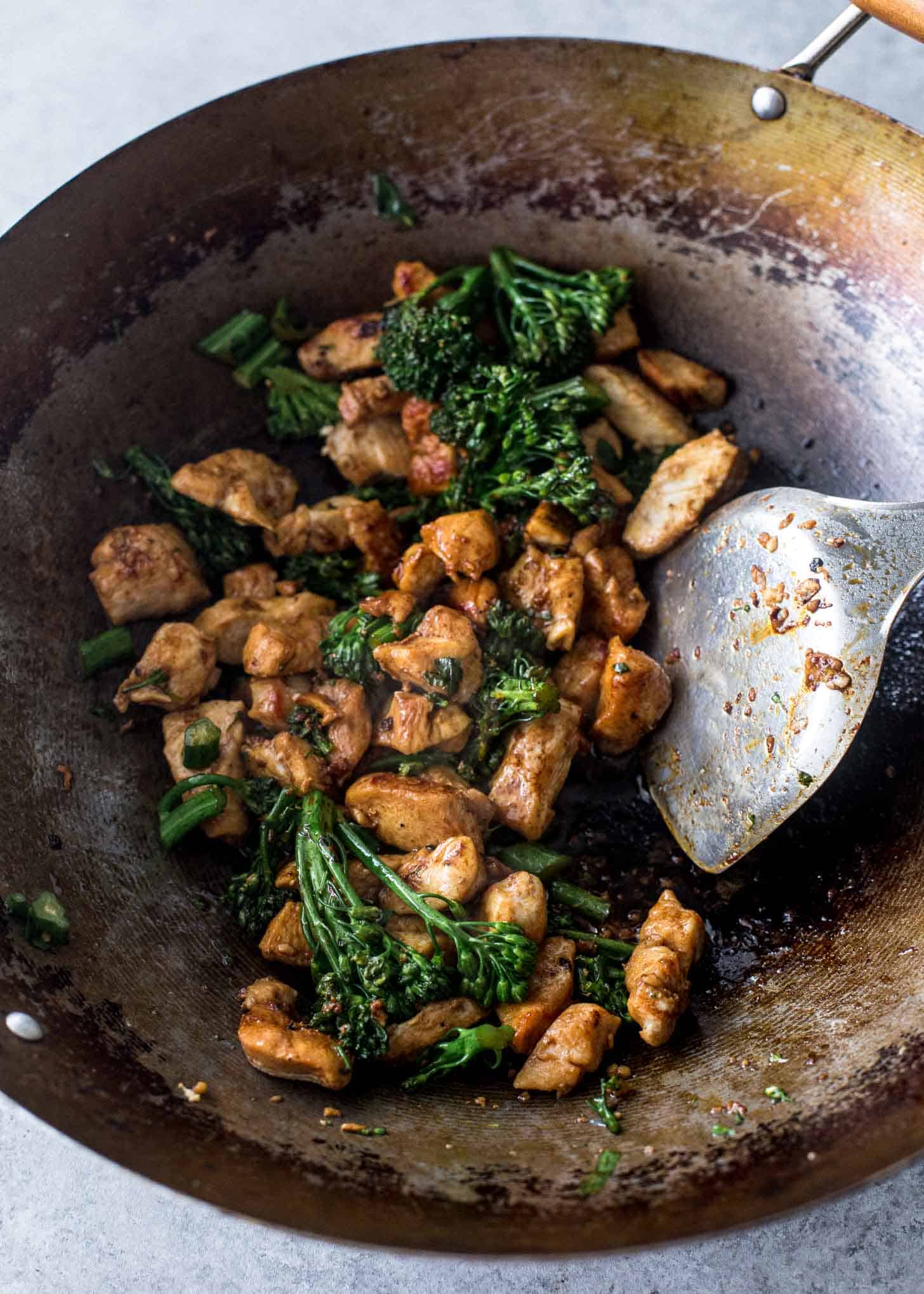
How to Choose a Wok
A great wok for home cooking does not need to be expensive. You can find a good wok that will last for years (decades even!) for under $40. Here’s what to look for:
- Carbon Steel – This material makes for a great home-use wok. It’s lightweight, conducts heat evenly, and after seasoning and use, it forms a natural nonstick surface. (Don’t be intimidated by the idea of “seasoning”. See below for tips.)
- Flat-Bottomed: Use a wok with a flat bottom and angled sides. The flat surface will maximize the amount of ingredients that can fit (and sear) on that hottest part of the pan. (You’ve probably seen rounded woks in restaurant kitchens or, say, used to cook street food in Thailand, but home ranges do not get nearly hot enough to work with these rounded woks. Flat-bottomed is best for home use.)
- 12 to 14 Inches: This size seems to be the Goldilocks of home wok cooking. A 12 or 14 inch wok (measured at the widest part of the pan) is large enough to accommodate a meal for about 4 people but isn’t so large that it’s unwieldy to move around.
- Two Handles – Any wok you buy should have two handles. Some have matching, short handles on each side (Cantonese-style). Others have one short handle and one long handle. The short handle makes the pan easy to pick up and the long handle makes it easy to shake and move the pan as foods are cooking (while keeping your hands away from the heat). I think woks with one short and one long handle are the most versatile for home cooking, but personal preference comes into play here.
Note: When you first purchase a carbon steel wok it will be shiny and silver. After use, the wok will develop a black sheen. That is the natural process that will insure your wok stays nonstick and continues to cook beautifully for many years.
Pin this now to save it for later
Pin It Now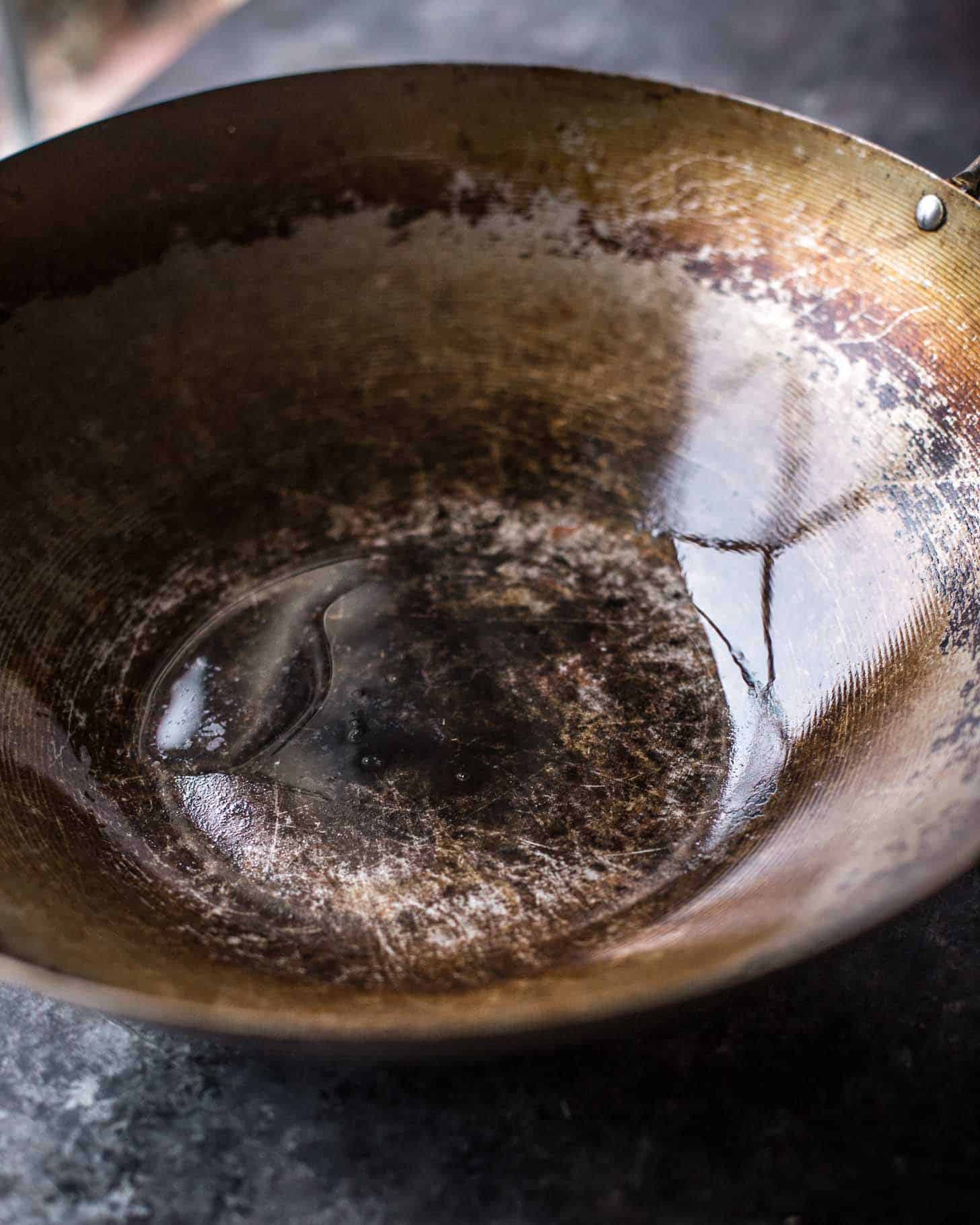
Favorite Wok Cooking Tools
- Joyce Chen Carbon Steel Wok – My top choice for wok cooking (and the wok I have in my kitchen). It meets all of the parameters above and has held up beautifully even being used 3-4 times a week for almost 5 years (and counting).
- Wok Spatula – This inexpensive tool is the perfect shape for moving ingredients around the base and rounded sides of a wok. Once you’ve cooked something in a wok with this type of spatula, you’ll never go back to using a regular spatula, wooden spoon, or whatever other tool you might have tried.
- Splatter Screen – A wok is designed to cook recipes fast and over high heat. This combination means that ingredients often sputter and pop in hot oil as they are added to the wok. A screen like this can be really useful for keeping oil splatter contained to the wok and minimizing the mess to your cooktop.
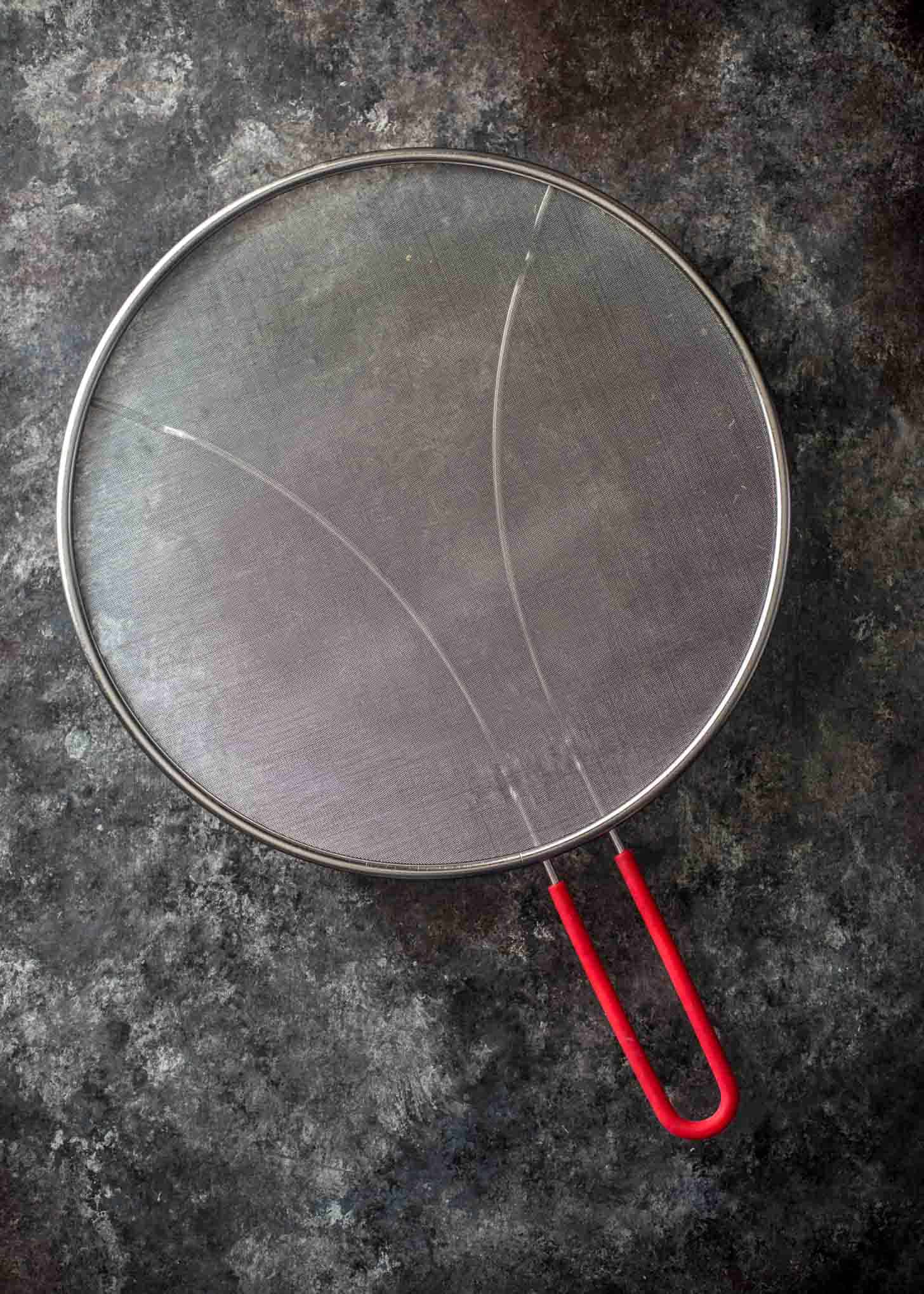
How to Prepare a Wok for Cooking
So you’ve bought a new wok and you want to get it ready for its inaugural recipe. You’ll want to prepare your wok for cooking by cleaning, drying, and seasoning it. Here’s how:
- Wash the wok with hot water and dish soap. Scrub it with a textured sponge or steel wool to remove the factory coating. (Note: Unseasoned woks are coated in a particular type of oil to protect them until they are sold. You want to completely remove this coating.)
- Dry the wok well.
- Use a paper towel or dish towel to rub cooking oil over the entire inside surface of the wok.
- Place the wok over a burner turned to high heat. Heat the wok, slowly rotating and tipping it to expose the entire outer surface to the heat. (The oil may smoke slightly.)
- Remove wok from heat and allow it to cool completely.
- Wipe the inside of the wok clean to remove any residue.
- Drizzle about a teaspoon of fresh oil into the wok and rub it all over the inside before storing the wok. It’s ready to use!
How to Season a Wok
A well-seasoned wok will become increasingly nonstick the more you use it. To maintain the seasoning (natural nonstick surface) of a wok, keep the surface very dry and lightly oiled between uses. After cooking, immediately wash and dry the wok. Drizzle a small amount of oil into the wok and use a paper towel or dish towel to rub the oil over the carbon steel surface.
Over time, a carbon steel wok will turn from shiny silver, to lightly brown, to a beautiful matte shade of black. A dark black surface is an indication of a well-seasoned wok.
Note: Just as with cast iron, many people will tell you not to wash your wok with soap and to minimize exposure to water. I don’t listen to this. I wash my wok the way I would any pan. I scrub it with a rough sponge and wash it with water and dish soap. My wok works great and has a great natural nonstick surface despite this treatment. It’s much more important to dry it well immediately after washing and give it a light coating of oil.
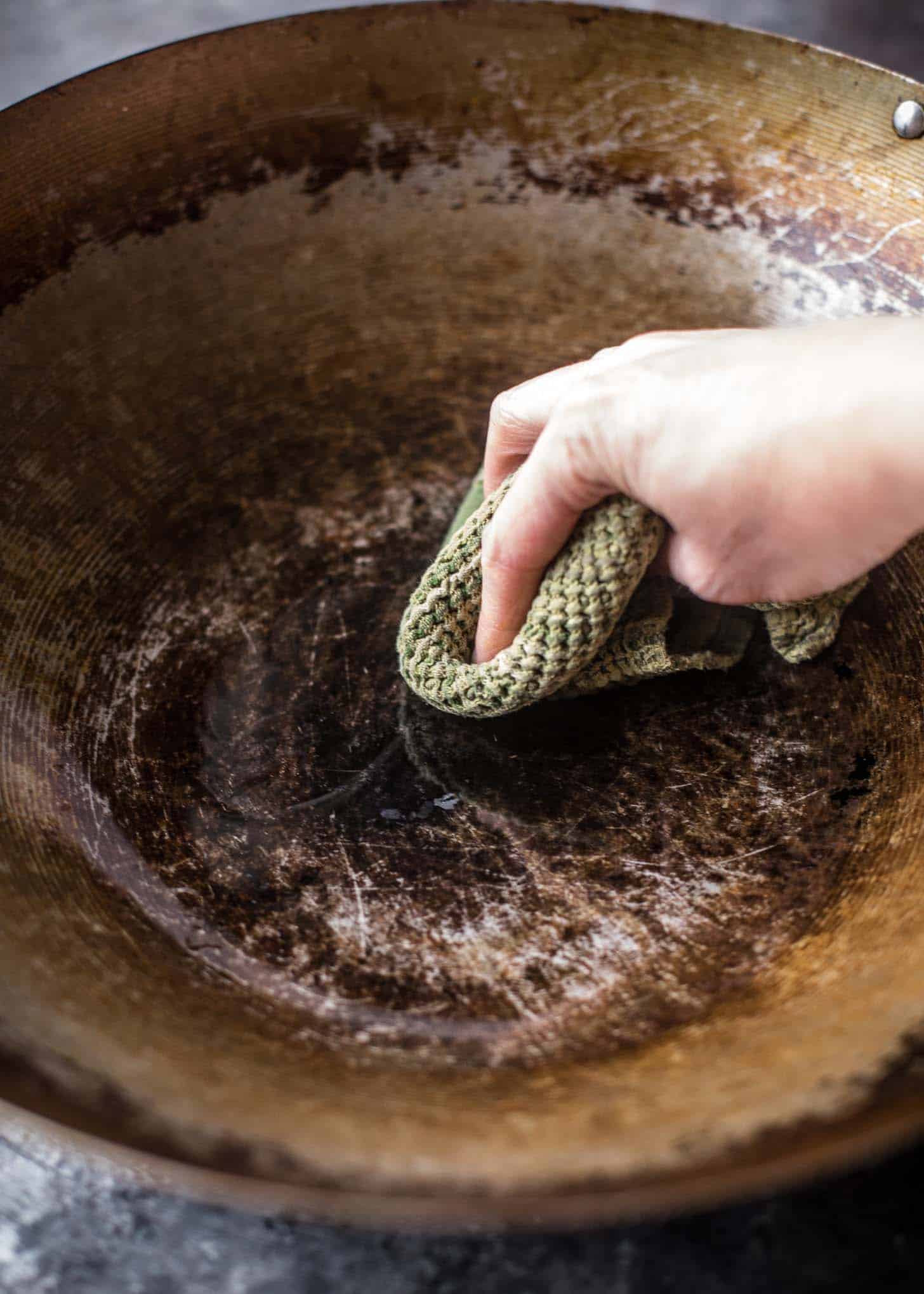
Types of Oil to Use in Wok Cooking
Woks are designed to cook foods hot and fast, so you need to use a type of oil that is approved for cooking over high heat. The best oils to use in wok cooking are:
- Peanut Oil – Peanut oil has a nutty, subtle peanut flavor which is a great flavor for many wok dishes (especially dishes that are Chinese in origin). It can be used up to 450˚ F. It spoils and turns rancid faster than the other oils listed below, so I usually only buy it if I’m going to be doing a lot of Thai or Chinese cooking within a few months.
- Vegetable or Canola Oil – Inexpensive and with a neutral flavor, these are good all-around oils that will work for almost all wok cooking. Both vegetable and canola oil can be used up to 400˚ F, last a long time in the pantry, and are used in a lot of baking as well as high heat cooking.
- Avocado Oil – This is my go-to cooking oil that I keep next to the stove for all cooking. It has lots of good monounsaturated fats (like avocados) and and be used at temperatures up to 500˚ F, so it’s great for stir-fry or frying and has a fresh, mild flavor. (Costo and Aldi have great deals on avocado oil.)
- Grapeseed Oil – This is my second choice for all-purpose cooking oil. It can be used at temperatures up to 400˚ F and the flavor is clean and fresh, which makes it work for most anything you’re cooking.
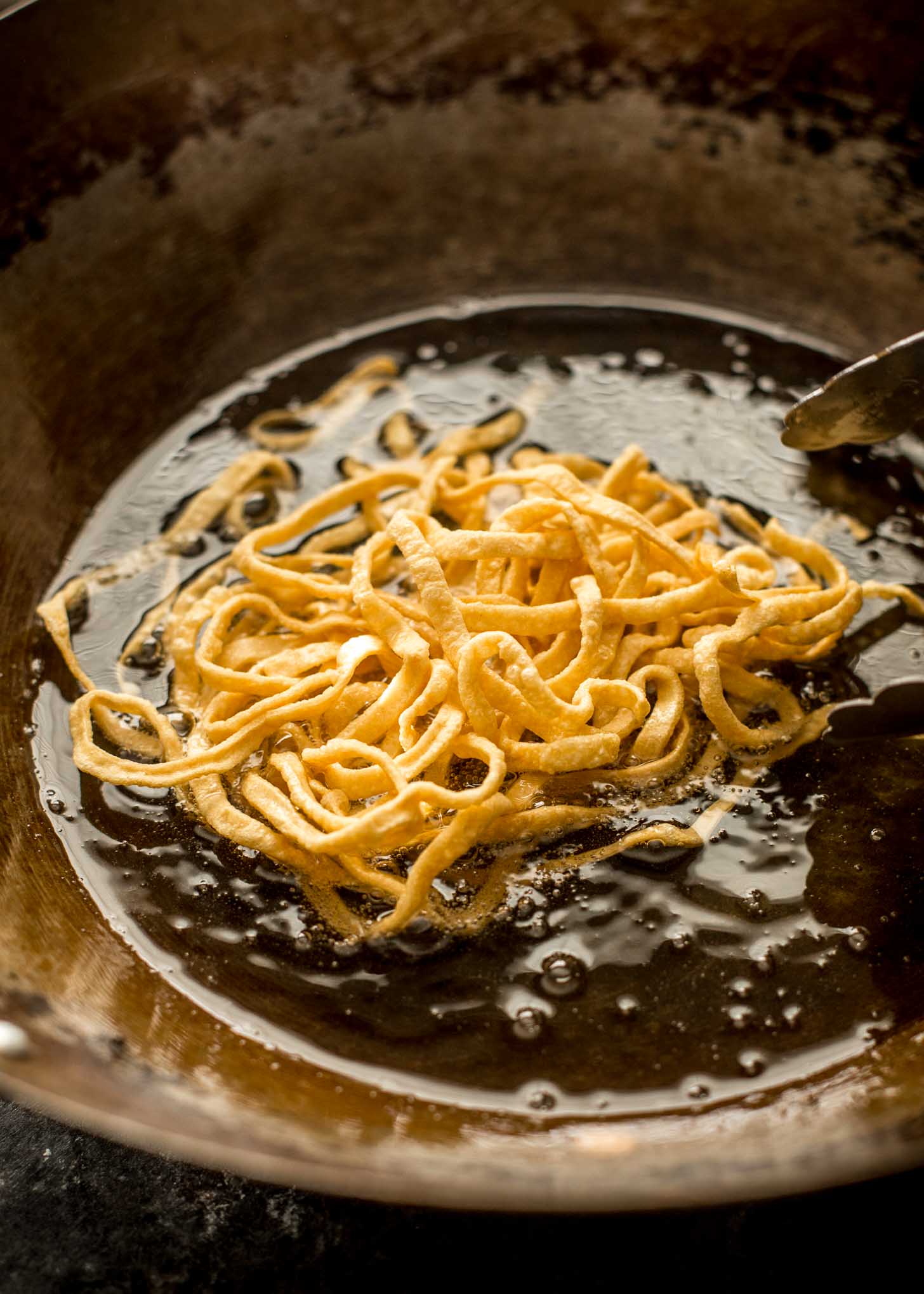
The Order to Cook Ingredients in a Wok
If you’ve watched someone cook with a wok in a professional kitchen, you may have seen them throw all of the ingredients into a wok together, toss it a few times, and transfer it to a plate. These professional cooks are often using stoves and woks that are very hot – likely much hotter than you will ever get at home.
Fortunately, there’s an easy way to get everything to cook properly in your home kitchen. Simply cook them in the following order:
- Protein (4 to 7 minutes)
- Aromatics (1 minute)
- Vegetables (1 to 7 minutes, depending on size and sturdiness)
- Sauce (2 minutes)
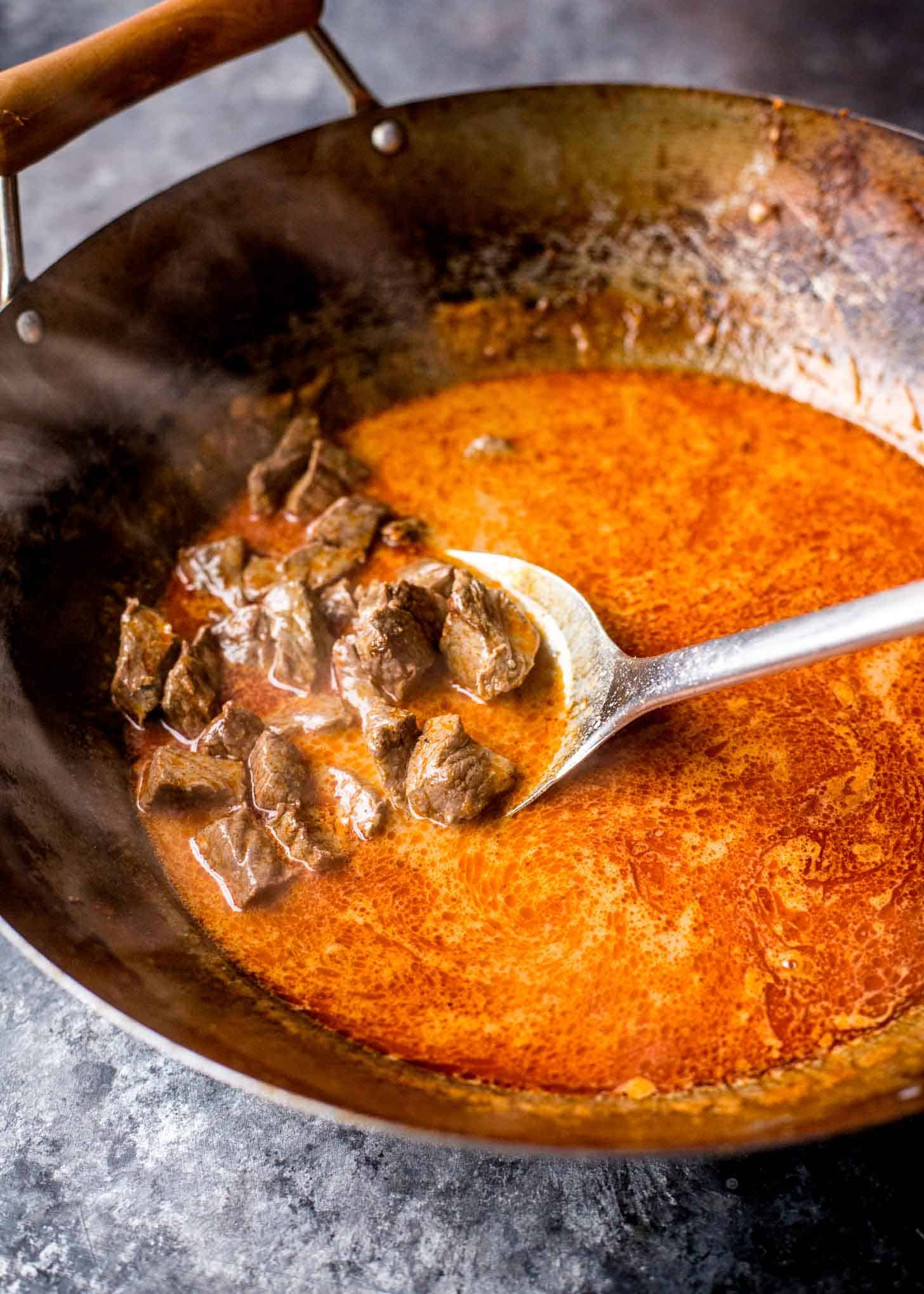
Step 1: Heat Oil
To get started, place your wok over medium-high heat. When the wok is hot, add about 1 Tablespoon of cooking oil (see above for some good options) and rotate / swirl the wok to distribute the hot oil over the bottom and sides.
Step 2: Sear Protein and Set Aside
Tip: Before adding protein to the wok, pat it dry with paper towels. Dry protein will sear more easily. (Proteins that are not dry will steam instead of sear.)
To heated oil, add protein of choice (chicken, beef, pork, shrimp, tofu, etc) in a single layer. Leave the protein, without stirring, for a couple minutes, until it sears on the bottom. Use a spatula (a wok spatula works great for this) to flip the protein and sear the other side.
Once the protein is seared on both sides, give it a stir and continue cooking until it is nearly cooked through. (Stop just short of cooking it all the way because it will finish cooking in the sauce.) Season the protein with some salt and transfer it to a plate.
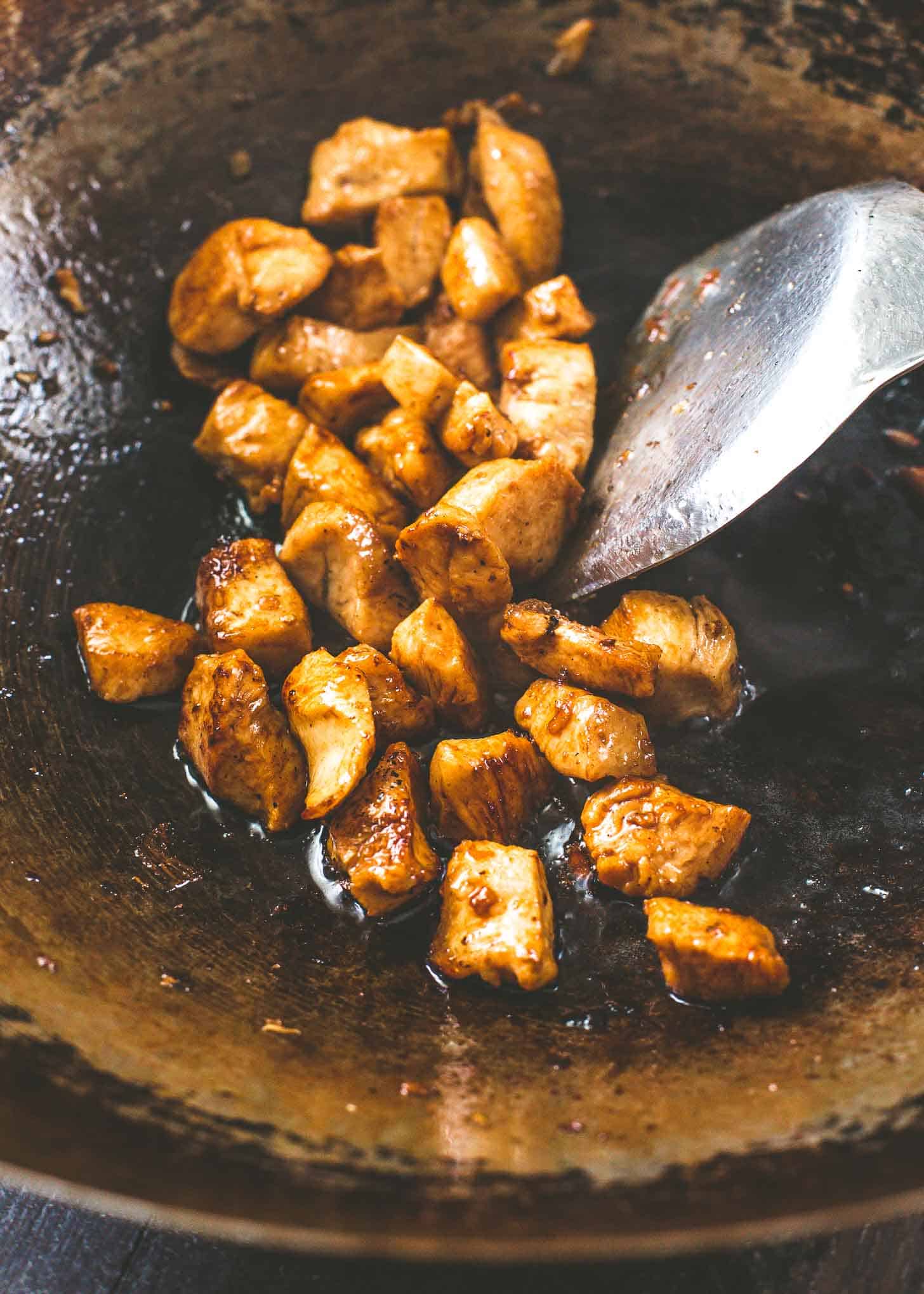
Step 3: Cook Aromatics
Return the wok to medium-high heat and add another 1 Tablespoon of cooking oil. Add aromatics (like garlic, onions, ginger, shallots, chilis). Cook these, stirring constantly, for a minute so they start to flavor the oil.
Step 4: Cook Vegetables
To aromatics, add vegetables in order from longest cooking time to shortest cooking time. Here are a few examples:
- 6 to 7 minutes (hard vegetables): broccoli, cauliflower, carrots, potatoes, brussels sprouts
- 4 to 5 minutes (medium-hard vegetables) like zucchini, mushrooms
- 3 to 4 minutes (medium-soft vegetables): bell peppers, snow peas, baby carrots
- 1 to 2 minutes (soft vegetables): leafy greens, tomatoes, peas, corn kernels
With all vegetables, stir them frequently as they cook. You can also shake the wok back and forth or use it to toss the vegetables a few inches into the air if you’re feeling brave!
Tip: As you’re cooking the vegetables, if the wok starts to look dry or the vegetables start to burn before they are cooked through, add about 1 Tablespoon of water. If you do this with the longer cooking vegetables, you can cover the wok with a lid after adding the water. This will steam the vegetables and help them to soften without burning.
Step 5: Add Protein, Sauce, Rice
When the vegetables are all cooked to tender, add the protein back to the wok and pour the sauce / liquids down the sides of the wok. Pouring the liquids down the sides will help them to heat up before reaching the other ingredients. If cooking fried rice or another grain, add them now too (note: any grain / rice should be pre-cooked and tender before adding them to the wok).
Toss everything together until protein is cooked through and everything is coated in sauce.
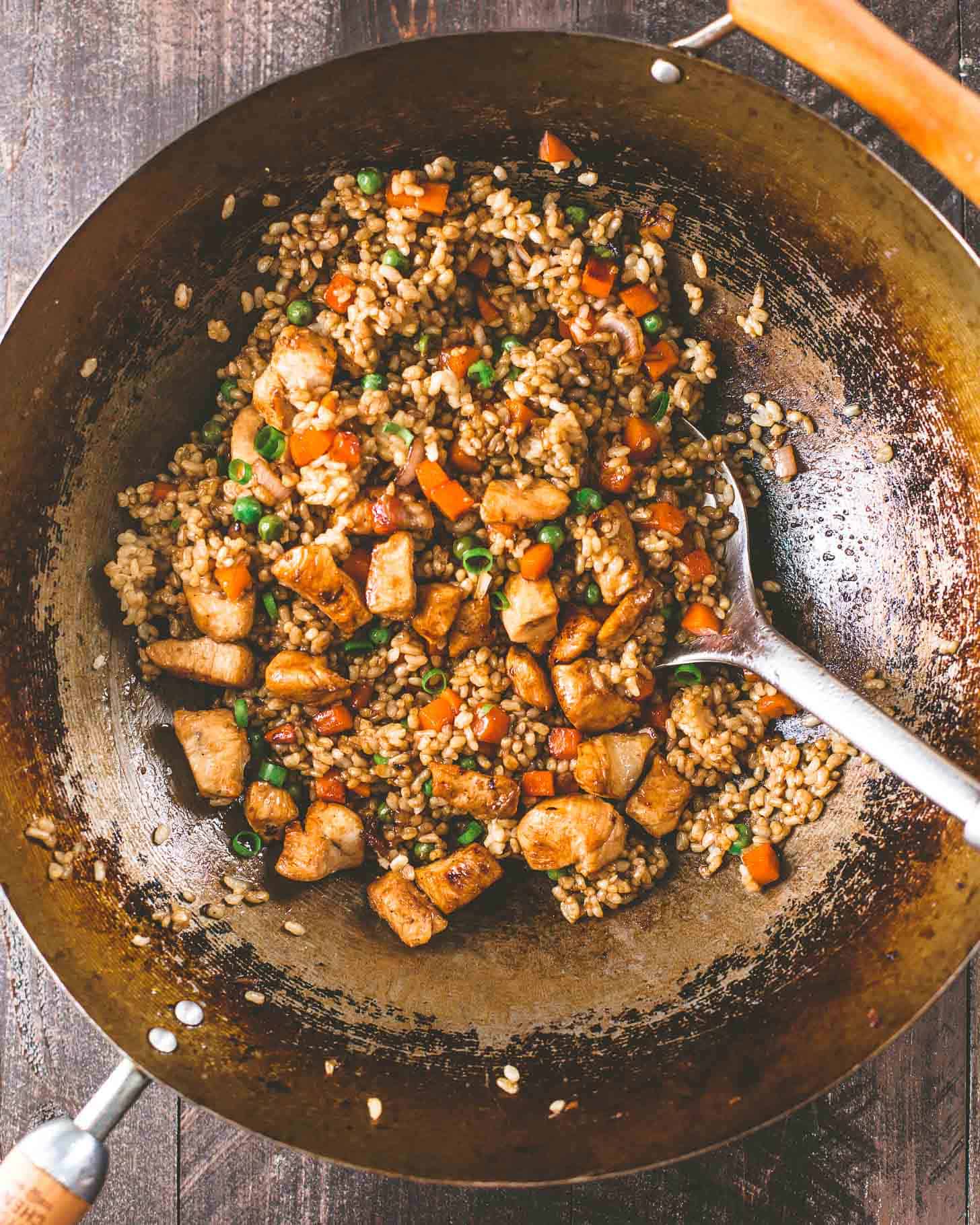
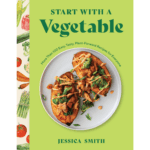
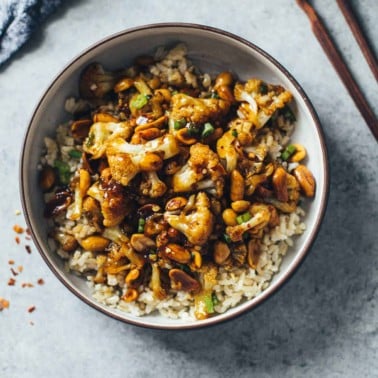
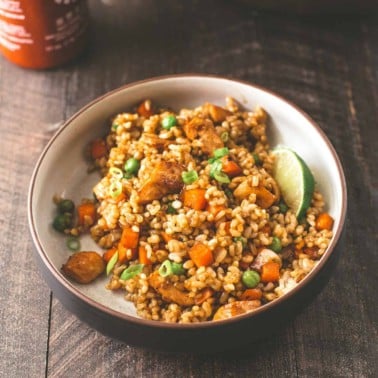
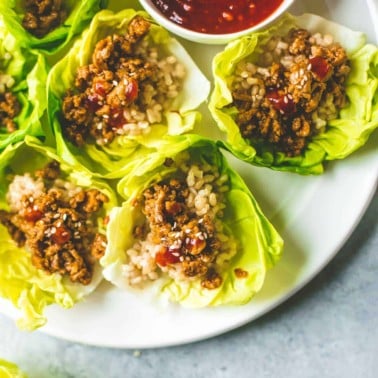

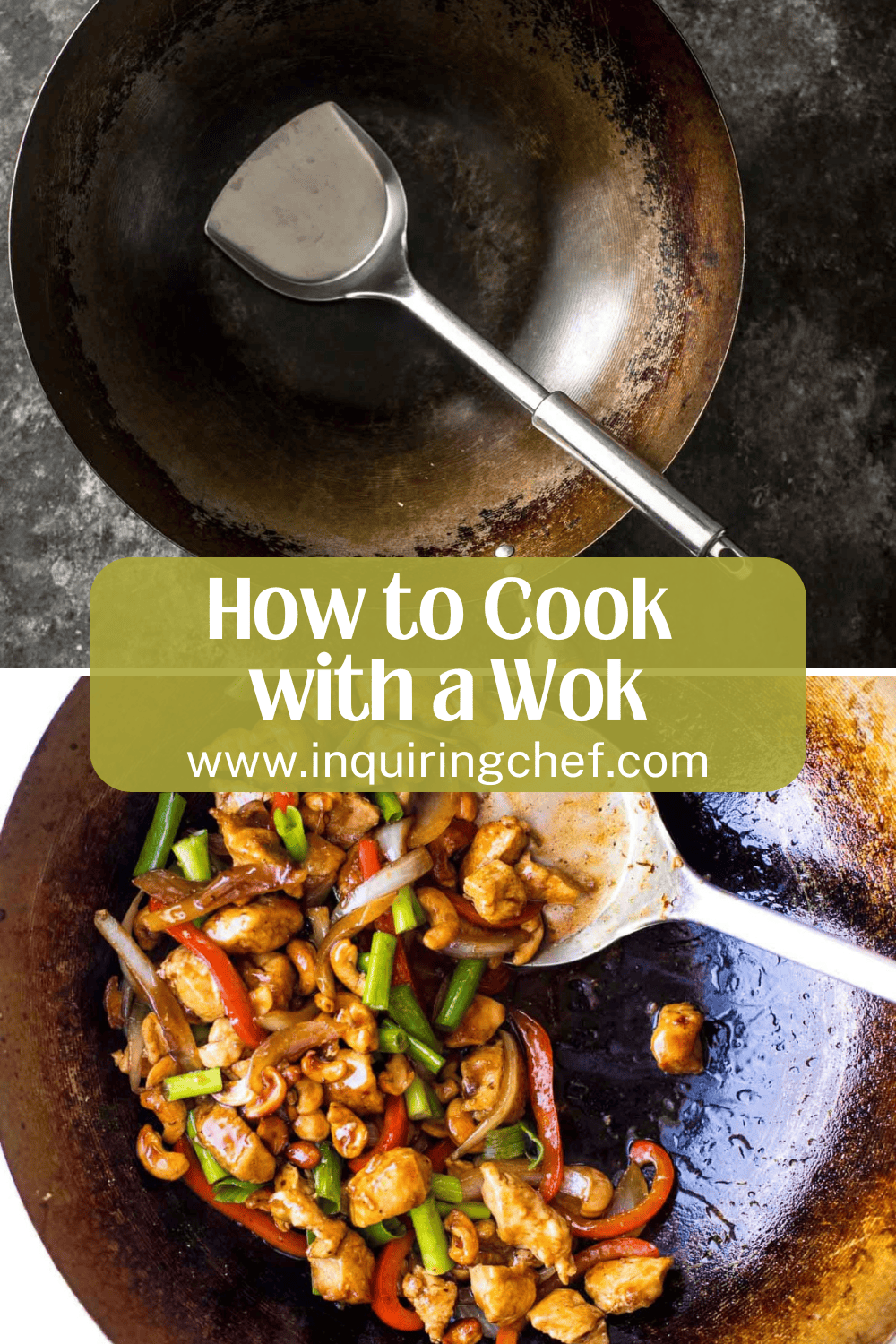
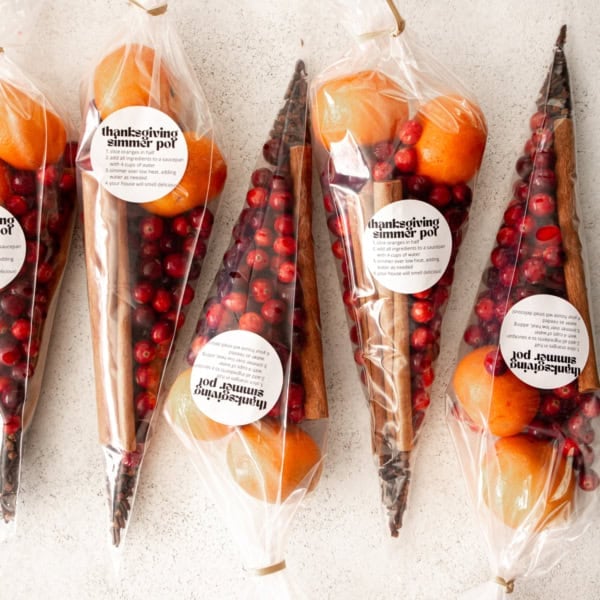
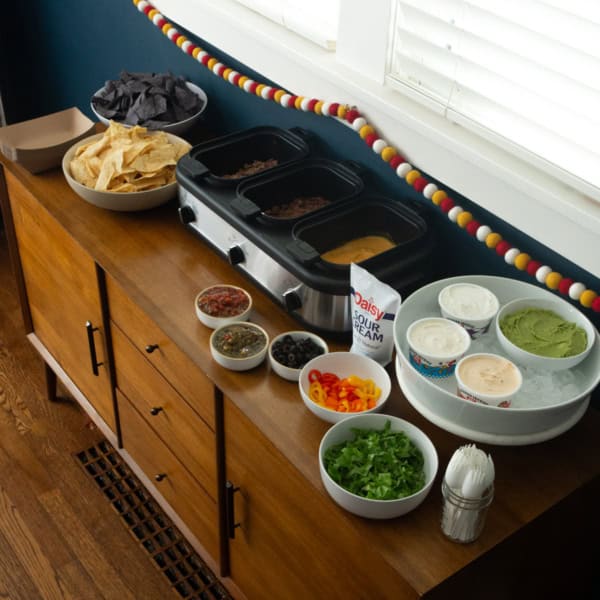










Thank you this information was very helpful.
thank you for this interesting post!
Hi
Thanks for making it simple and easy.
I was having some troubles using my newly purchased wok, this might help.
Thanks for sharing.
https://111reviews.com/best-carbon-steel-wok/
Asian food is fresh and very packed with flavor. I
love trying out the different dishes that they have
to offer! This is a pretty cool.
Regards:
Asian Foods Near Me
Hi,
Wow what an informative post! With sheet pan dinners being the new rage, it definitely helps to know which works best! Thanks for sharing 🙂
https://homeandkitchentool.com/best-material-for-baking-pans/